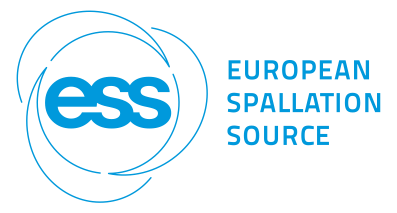Speaker
Barbara Eicher
(Institute of Molecular Biosciences, Biophysics Division, University of Graz, Austria)
Description
Most biological membranes are characterized an asymmetric lipid distribution along the two leaflets, i.e. the inner leaflet is compositionally different from the outer one. Bilayer asymmetry is thought to affect various membrane properties, like membrane potential, surface charge, permeability, and stability. Bilayer asymmetry is also thought to affect structural properties of the membrane, such as bilayer thickness and thickness of the single leaflets. Due to the difficulty of preparing asymmetric vesicles the majority of model membrane studies have been performed on symmetric bilayers, where inner and outer membrane leaflets are identical in composition. Just recently, we developed new protocols for the construction and characterization of asymmetric vesicles with a well-defined inner and outer leaflet composition [1]. Quantification of bilayer composition and degree of asymmetry enables the determination of structural parameters, such as, the bilayer thicknesses and area per lipid of the various phases in each leaflet. We are able to determine these structural parameters through a joint analysis of small angle neutron scattering (SANS) data exploiting internal D/H contrast variation and small angle X-ray scattering (SAXS) [2]. First results for phosphocholine lipids showed a decrease of the lipid packing density of a gel phase in the outer leaflet when coupled to a fluid inner leaflet [1]. In turn, all-fluid asymmetric vesicles did not show any signatures of transbilayer coupling [2]. We present details of the joint SANS/SAXS analysis and discuss recent applications to asymmetric vesicles with differing lipid headgroups.
[1] Heberle, Frederick A., et al. Subnanometer structure of an asymmetric model membrane: Interleaflet coupling influences domain properties. Langmuir 32.20 (2016): 5195-5200.
[2] Eicher, Barbara, et al. Joint small-angle X-ray and neutron scattering data analysis of asymmetric lipid vesicles. Journal of Applied Crystallography 50.2 (2017).
Author
Barbara Eicher
(Institute of Molecular Biosciences, Biophysics Division, University of Graz, Austria)
Co-authors
Drew Marquardt
(Institute of Molecular Biosciences, Biophysics Division, University of Graz, Austria)
Frederick Heberle
(Biology and Soft Matter Division, Oak Ridge National Laboratory, Oak Ridge; TN; USA)
Georg Pabst
(Institute of Molecular Biosciences, Biophysics Division, University of Graz, Austria)
John Katsaras
(Biology and Soft Matter Division, Oak Ridge National Laboratory, Oak Ridge; TN; USA)

